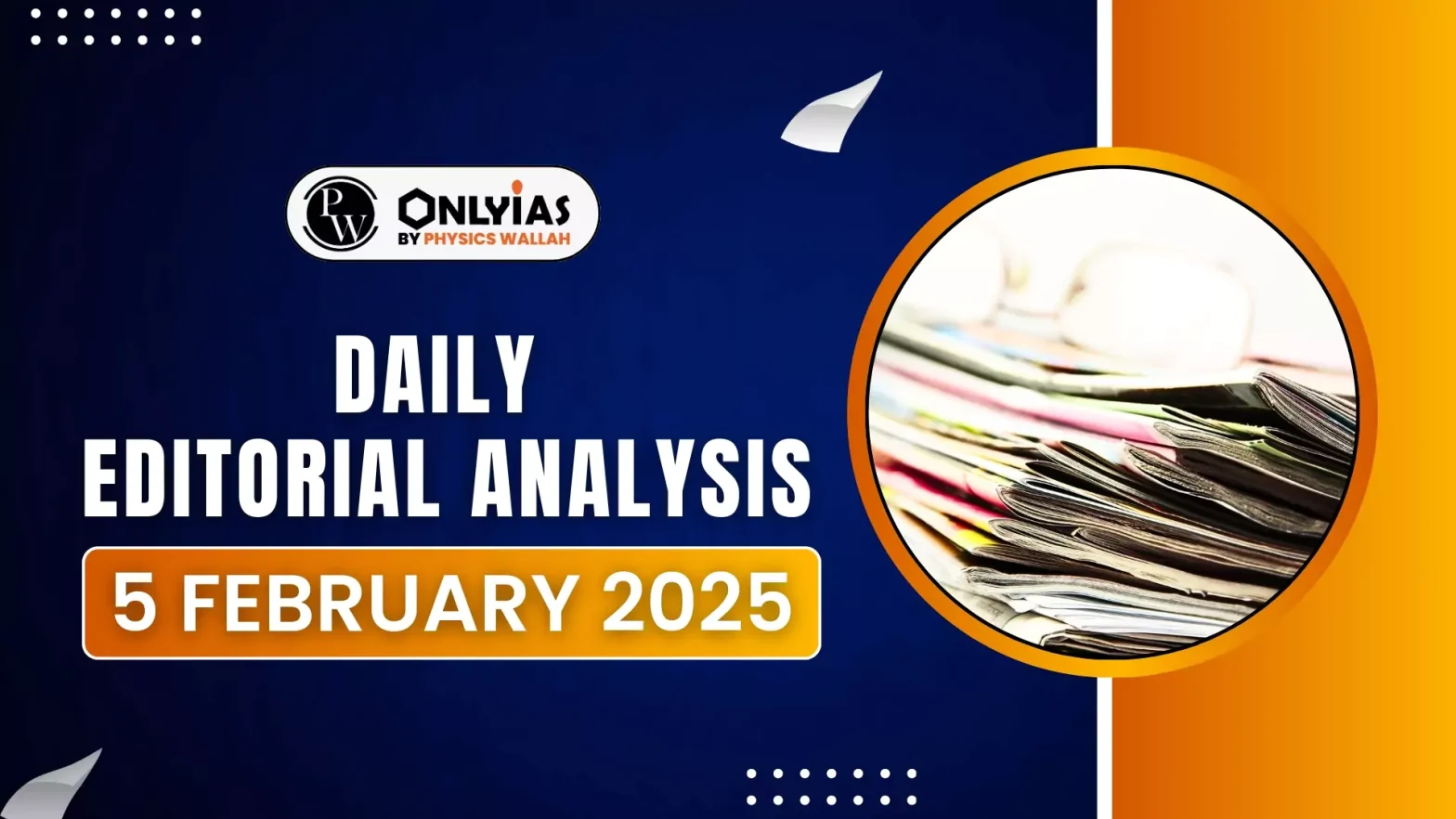Budget 2025 has promised higher allocations for education compared to last year’s revised estimates.
Education in Budget 2025
- Increased Financial Allocation: Budget 2025 has allocated higher funding for education compared to last year’s revised estimates. 7% increase in higher education spending, though the actual expenditure in 2023-24 was 10% higher than the current estimates.
- Key Announcements: ₹500 crore allocation for AI Centre of Excellence to enhance education through artificial intelligence.
- Broadband connectivity for schools, improving digital infrastructure.
- Expansion of five third-generation IITs, strengthening higher education. Increased funding for Indian knowledge systems, promoting indigenous learning.
- Increase in School Education Funding: ₹11,000 crore increase over the 2024-25 revised estimates, reflecting a 16% rise in school education funding.
- Despite this, as a percentage of the total Budget, the allocation increased by only 0.12 percentage points to 1.55%.
- Higher education allocation remains stagnant at 0.99% of the Budget.
- Implementation: Higher inflows to States, which play a key role in implementing school education programs. Kendriya Vidyalaya Sangathan (KVS) and other national institutions continue to receive significant funding.
Enroll now for UPSC Online Classes
Challenges in Education Sector
- Underfunding: The University Grants Commission (UGC) reforms, inspired by global models, require significant financial investment. Key reforms such as:
- Four-year degree programmes
- Multi-institutional course selection
- Bi-annual admissions
- Structural academic changes
- Inadequate support: State governments bear the financial burden, yet Budget 2025 does not provide adequate support for these transitions.
- Post-COVID learning recovery: Learning losses have been addressed, with foundational literacy and numeracy (FLN) reaching its highest levels.
- Gaps in FLN: India still falls short of achieving full FLN, a key goal under the NIPUN Bharat scheme (target: 2026-27).
- Underpayment: NEP 2020 introduces a 5+3+3+4 structure, emphasizing five years of early education up to Class 3. Early education is critical for achieving full FLN, a key prerequisite for long-term workforce development.
- Anganwadi workers handle pre-primary education (two years before Class 1).
- They are underpaid, overburdened, and often lack adequate training to deliver quality FLN education.
Foundational Stage (5 years)
- Covers ages 3 to 8 (Pre-school to Class 2)
- Includes: 3 years of pre-primary (Anganwadi/Balvatika) and Classes 1-2
- Focus on play-based, activity-based, and discovery-based learning
- Emphasis on early childhood care and education (ECCE)
Preparatory Stage (3 years)
- Covers ages 8 to 11 (Classes 3 to 5)
- Introduction of structured learning, formal subjects, and interactive classroom activities
- Focus on experiential learning in subjects like language, mathematics, science, and arts
Middle Stage (3 years)
- Covers ages 11 to 14 (Classes 6 to 8)
- Introduction of subject-specific learning
- Hands-on experiments and exposure to vocational education from Class 6 onwards
- Multidisciplinary approach with focus on critical thinking
|
Check Out UPSC NCERT Textbooks From PW Store
Conclusion
Addressing these challenges urgently and effectively will be key to ensuring India’s long-term human capital development and global competitiveness.
Ready to boost your UPSC 2025 preparation? Join PW’s UPSC online courses today!
![]() 5 Feb 2025
5 Feb 2025


